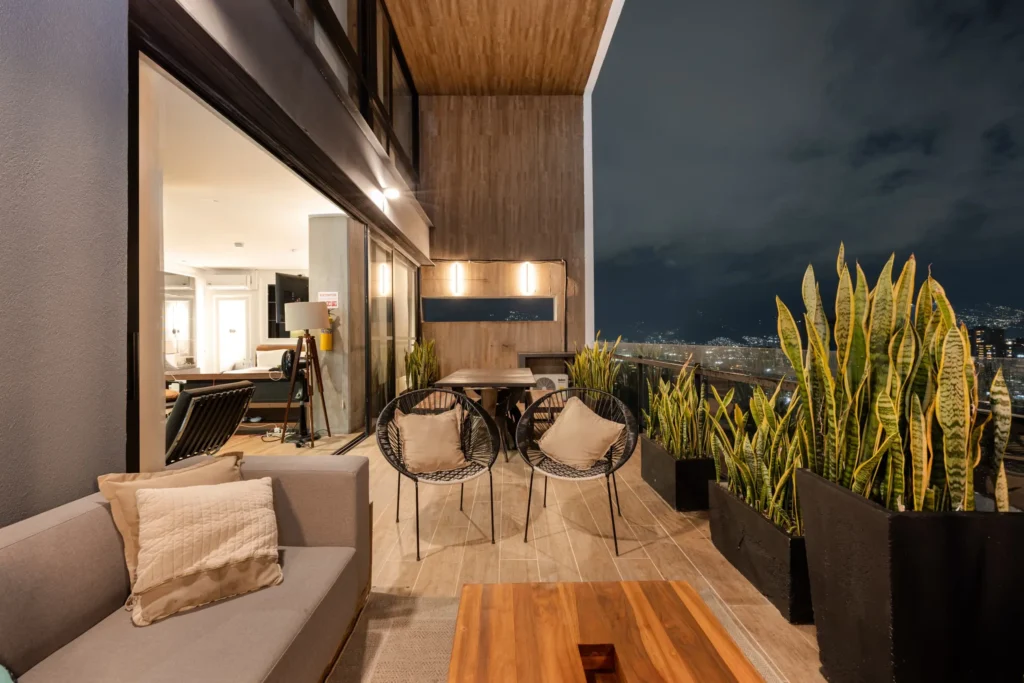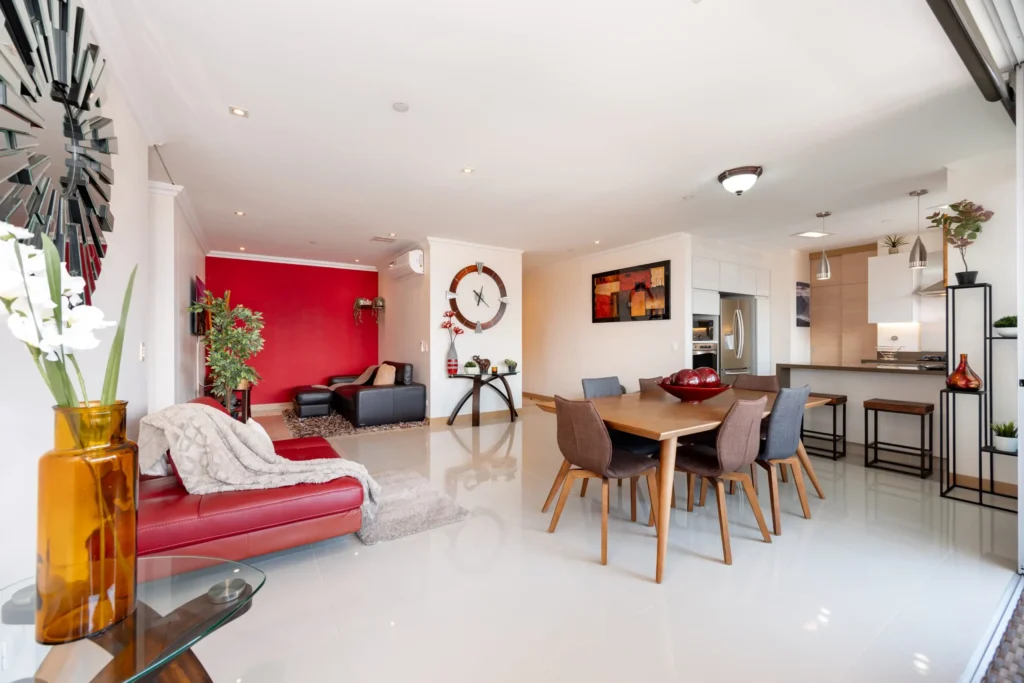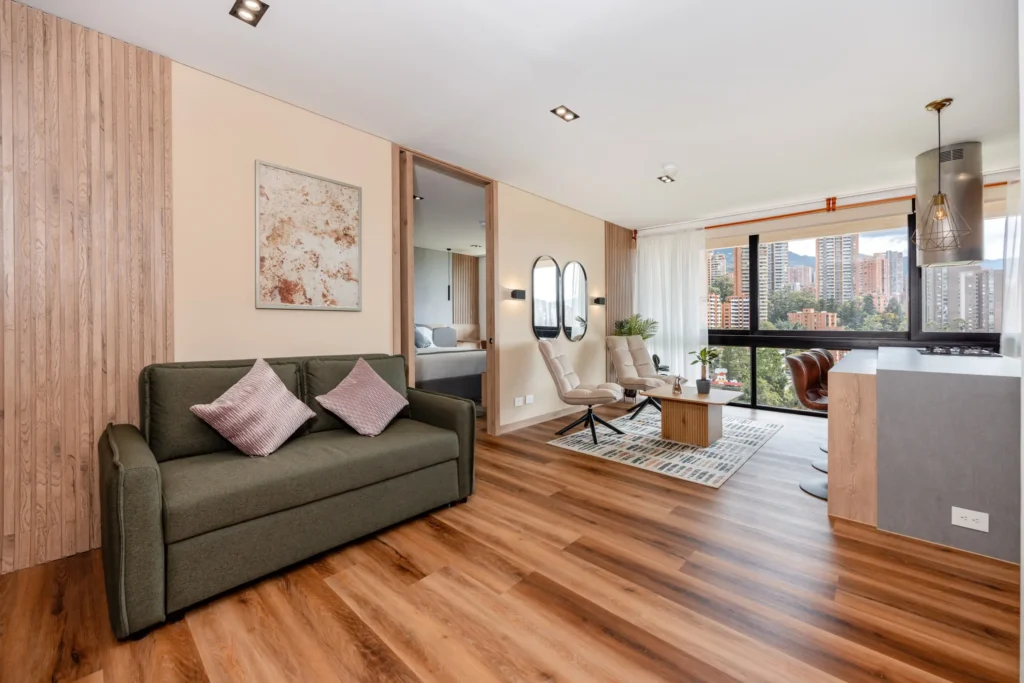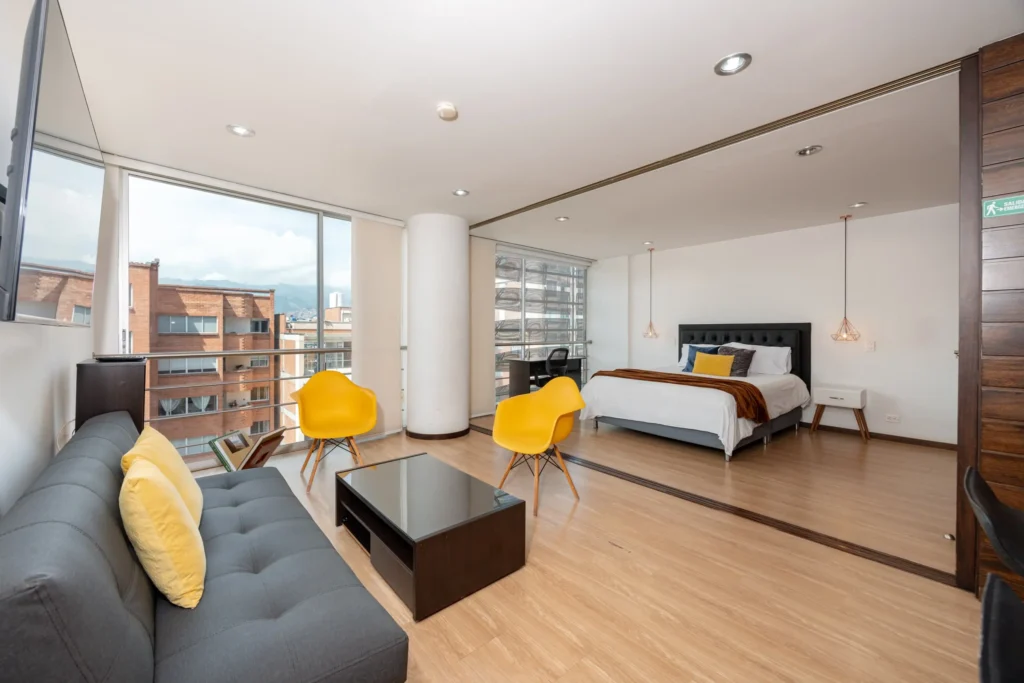TLDR? Medellin has a rocky past, but it’s come a long way and is now one of the safest and most advanced cities in Colombia!
Medellin is known as the City of Eternal Spring because of its mild weather year-round. The city is also known for its rich history, culture, and beautiful scenery.
In 2013 Medell won the Innovative City of the Year award, given to cities that have shown exemplary innovation in urban development and planning.
But how did it get to this point? In this article, we’ll take a look at a brief history of Medellin, from its humble beginnings to its current status as a world-renowned city.
Where is Medellin?
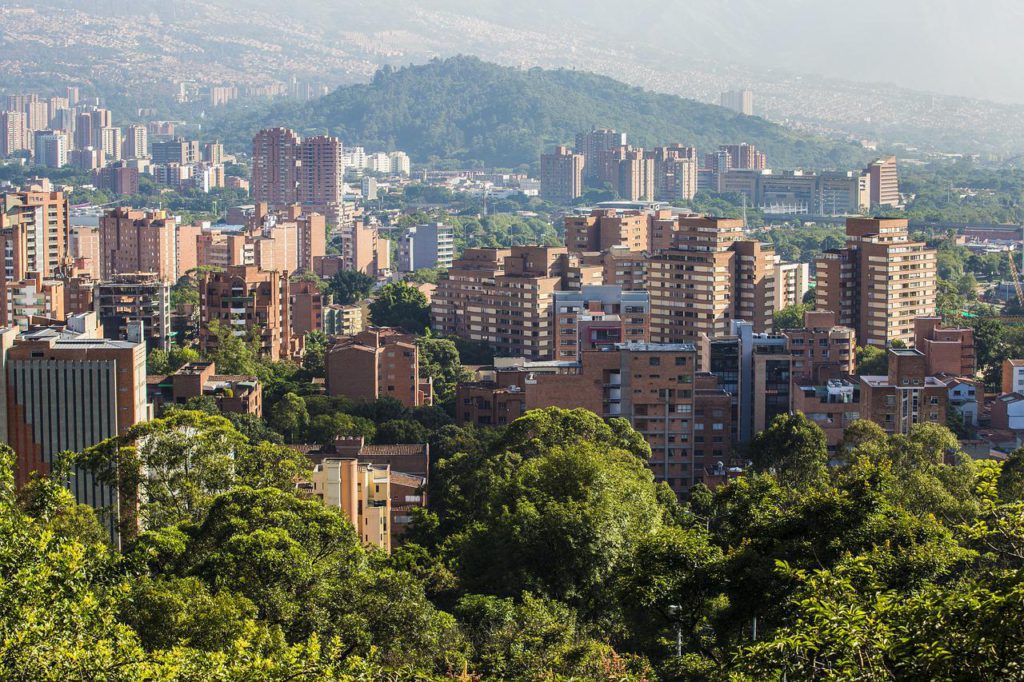
Before we get into its history from inception to the present, let’s look at where Medellin is. The city is located in the Aburrá Valley, part of the Andes mountain range. It is situated in the northwestern part of Colombia, about 258 miles (415 kilometers) from the country’s capital, Bogotá.
Due to its elevation of 4,905 feet (1,495 meters) above sea level, Medellin has a spring-like climate all year round, with average temperatures ranging from 18-22°C (64-72°F).
The city has two main seasons: the wet season, which runs from April to November, and the dry season, which runs from December to March.
Medellin is Colombia’s second-largest city, with a population of about 2.5 million people. It is also the capital of the Antioquia department.
Who Built Medellin?
Medellin was founded in 1616 by Francisco Herrera Campuzano. It was initially a small village located in the valley of Aburrá.
He originally named the village “San Lorenzo de Aburrá”, but in 1675 it was named Villa de Nuestra Señora de la Candelaria de Medellín which translates to “Town of Our Lady of Candelaria of Medellín”.
The name was later changed to just “Medellín” and named the capital of Antioquia in 1826. Once Medellin established its independence from Spain, it began to grow rapidly.
First, gold was discovered in the nearby municipality of El Peñol, which led to an influx of gold seekers looking to make their fortunes.
This increased the city’s population and importance as a transportation hub since it was located on the main route between Bogotá and the Caribbean Sea.
Later, coffee became an important export crop for Colombia, and Medellín became one of the main coffee-producing regions in the country.
The city continued to grow throughout the 19th and 20th centuries, becoming an important industrial center.
Medellin Moves Into the Future

While Medellin’s beauty never changed, one thing did, and that was the increasing violence due to the cocaine trade. In the 1970s, cocaine cartels began operating in Colombia and soon turned Medellín into their base of operations.
The city became known for its drug-fueled violence and crime, which reached its peak in the 1980s and early 1990s. This was a terrifying time for Medellin, however, that didn’t last forever.
During the 1990s, the Colombian government cracked down on the cartels, which helped reduce the violence; in the years since, Medellín has transformed itself into a safe and prosperous city.
The city has worked hard to improve its image and has successfully attracted foreign investment and tourism.
Let’s take a look at what Medellin is like today and why it’s a must-visit.
Exceptional Public Transportation
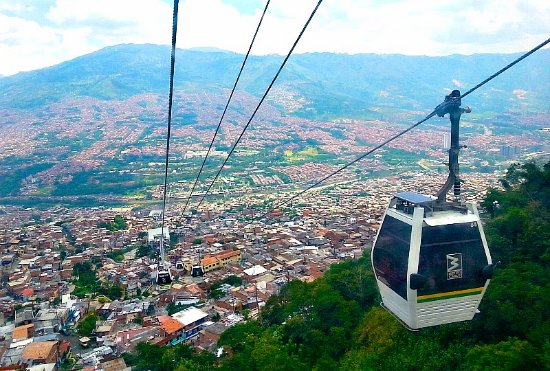
The city has an extensive network of metro cable cars and buses, making getting around the city much easier. The metro cable cars are particularly impressive, as they provide access to many of the city’s hillside neighborhoods that would otherwise be difficult to reach.
The metro system is reliable and efficient, and has helped to reduce traffic congestion in the city. This system was a vast undertaking and changed the way people lived and got around in Medellin.
In addition, the Metroplús bus system is extensive and covers much of the city. This is a tram system, which helps reduce traffic congestion.
It’s faster than a bus, cheaper than a metro, and has more flexibility than a tram. Pretty impressive!
Medellin’s Art Scene
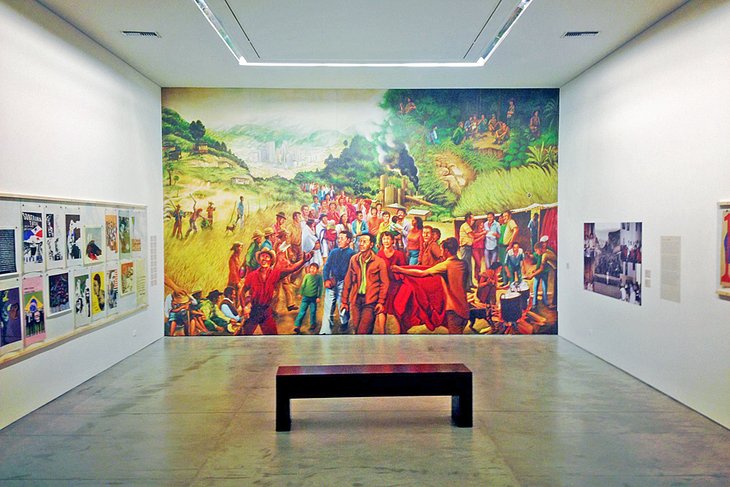
Medellin has a vibrant art scene, with many public art displays and murals around the city. The city has also invested in several art museums, including the Museum of Modern Art, which houses a collection of contemporary Colombian art.
The Museum of Antioquia is another popular museum that features a collection of Colombian art from the colonial period to the present day.
One of the most famous pieces of public art in Medellin is the large exhibits by Fernando Botero, a Colombian artist known for his oversized sculptures. His work can be seen throughout the city, one of the things that makes Medellin unique.
A Thriving Nightlife

Medellin has a thriving nightlife, with many bars, clubs, and restaurants. There is something for everyone, whether you want to have a quiet drink or go dancing.
Popular neighborhoods for nightlife include El Poblado and Laureles.
El Poblado is the most upscale neighborhood in Medellin and is home to many of the city’s best bars and clubs.
Parque Lleras is a more laid-back neighborhood by El Poblado with a mix of bars and restaurants. Laureles is a student neighborhood known for its lively bars and clubs.
Depending on what you are looking for will determine which neighborhood is best for you. For example, El Poblado is known for its expats and foreigners, while Laureles brings an authentic Colombian nightlife experience.
Medellin Tech and Business Scene

Medellin is becoming a hub for technology and business. As a result, the city has a growing number of coworking spaces, incubators, and accelerators.
There are many programs that support startups and entrepreneurs in Medellin. This alone has given the opportunity for entrepreneurs to innovate and create jobs.
In addition, the city is home to several large companies, including Microsoft and Oracle. The city’s business scene is growing and attracting more foreign investment.
Medellin is Safe
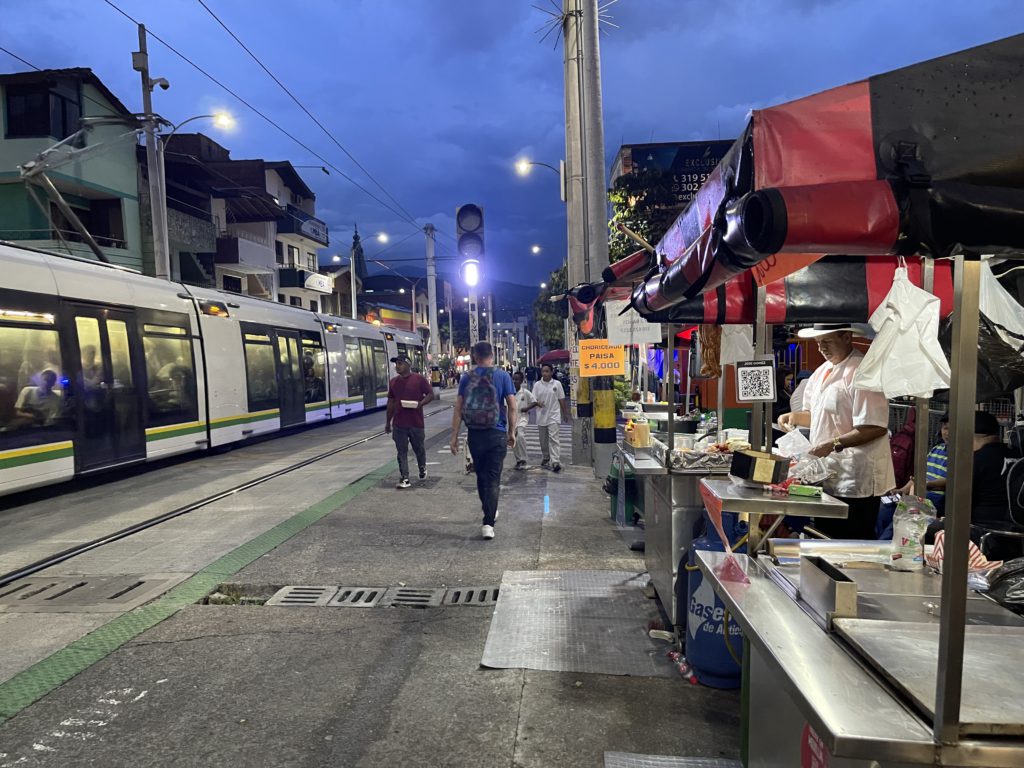
One of the things that Medellin is known for is its safety. The city has come a long way from the days of Pablo Escobar and the Medellín Cartel.
Tourists and locals alike can feel safe walking around the city with a low crime rate. The city has made a concerted effort to improve its safety, which has paid off.
However, you still need to have common sense and take precautions, as you would in any city. This includes not walking around alone at night, not carrying large amounts of cash, and being aware of your surroundings.
By following these simple safety guidelines, you can have a safe and enjoyable time in Medellin.
Diverse Culture
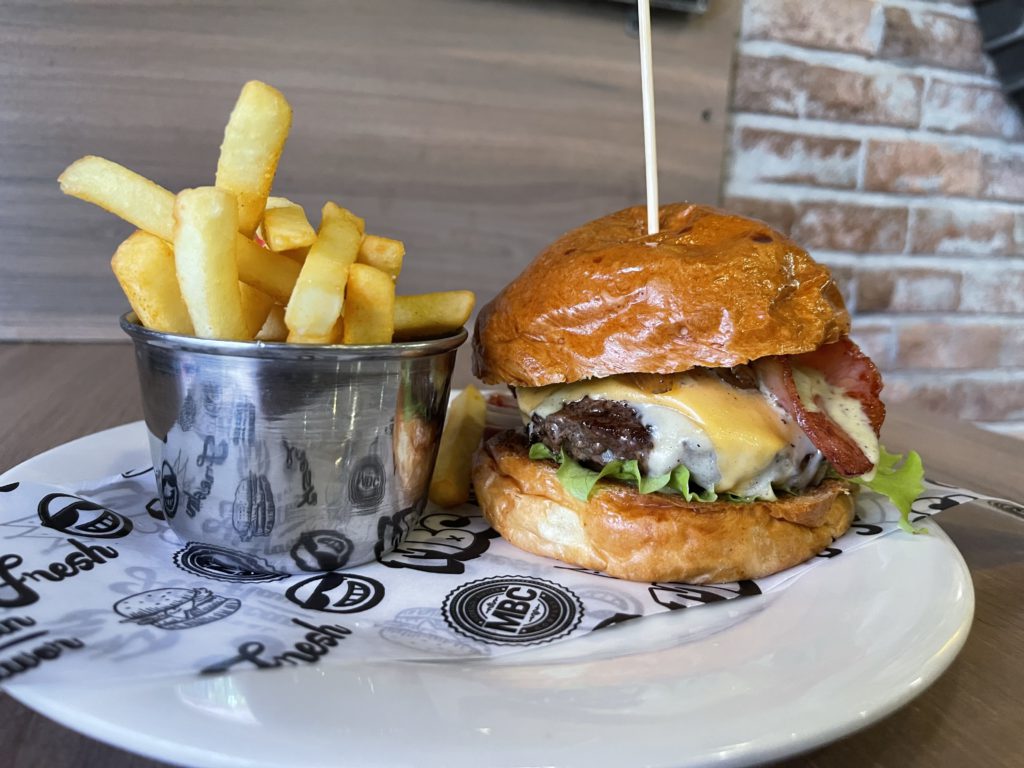
One of the things that make Medellin unique is its diverse culture. The city is a melting pot of different cultures and traditions.
You can find people from all over Colombia and the world in Medellin. This diversity is one of the things that makes the city special.
While you can find delicious Colombian food such as arepas, empanadas, and bandeja paisa, you can also find international cuisine. This includes Italian, Chinese, Japanese, and Thai food.
Also, you can find some burgers and fries if you’re craving some American food.
No matter what you’re in the mood for, you can find it in Medellin. It is also worth taking a food tour to try some of the city’s best dishes.
A Shoppers Paradise
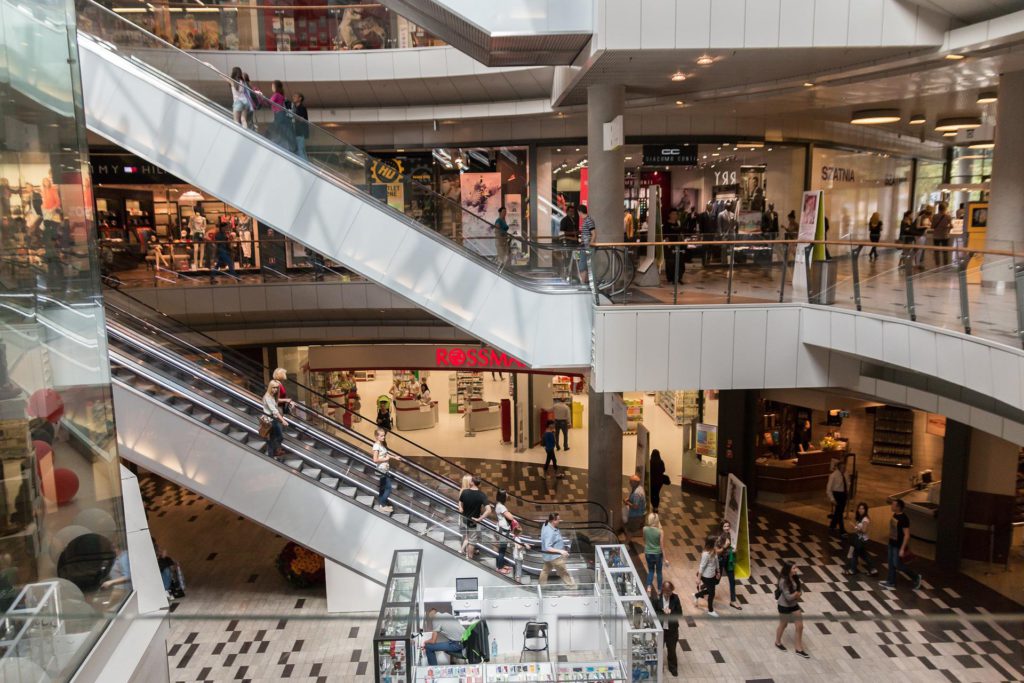
Medellin is a shopper’s paradise. The city has many malls and shopping centers to choose from. El Poblado, the most upscale neighborhood in Medellin, is home to many of the best shops.
The Los Molinos Mall is one of the most popular malls in the city and features a wide range of stores. There is also the Viva Envigado which is said to be the biggest mall in Medellin.
You Won’t Want to Leave Medellin
Medellin has clarified that it’s never too late to reinvent yourself. What was once a city known for its crime and violence is now a thriving metropolis with something to offer everyone. Medellin has everything from its food and nightlife to its culture and business scene.
If you like this blog, you might like the Casacol Instagram page to keep up with all the new articles. Anything we need to update or correct? Care to contribute? Email us at blog@casacol.co.

